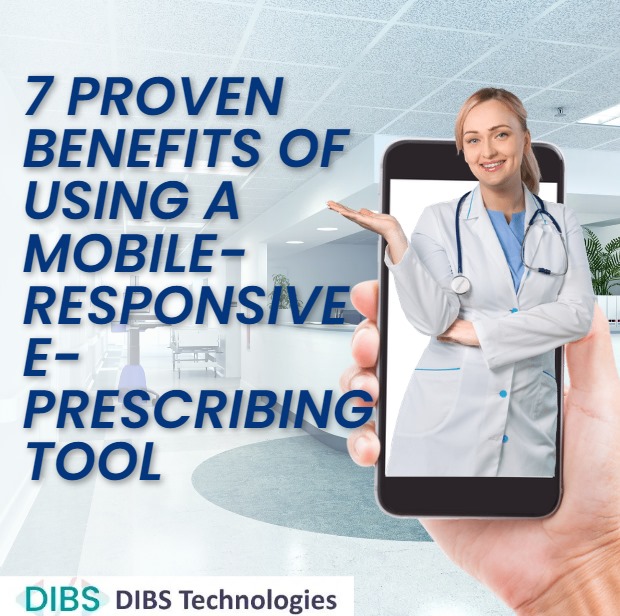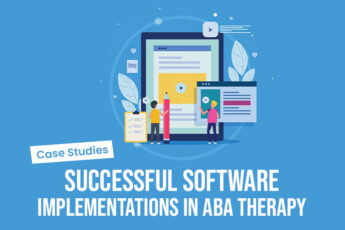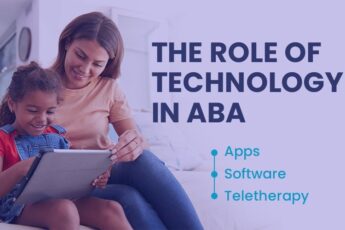The integration of advanced technology into the dynamic healthcare landscape continues to transform traditional practices. Among these innovations, mobile responsive e-prescribing tools have emerged as a transformative force, not only streamlining operations but also drastically improving patient care This article explores, in detail, seven proven benefits of the use of mobile responsive e-prescribing tools, accuracy, patient safety, effective business planning, overall health care and dissects what it means.
Improved Accuracy and Reduced Errors: A Closer Look:
The transition from traditional paper prescribing to mobile-responsive e-prescribing tools shows a significant reduction in prescribing errors over the phone. The main cause of many errors is the elimination of illegible handwriting as these tools provide a clear and electronically readable format. Beyond just reading, these tools include comprehensive safety analytics that analyze prescriptions in real-time. This process helps identify potential drug interactions, allergies or incompatibilities and ensures that healthcare professionals prescribe the most accurate and appropriate medications for their patients.
Delving into this benefit is important to understand how error reduction positively impacts patient outcomes. Studies have shown that medical errors contribute to crime and hospitalization. By implementing electronic prescribing tools, healthcare providers can significantly reduce these risks, improving both patient safety and healthcare.
Enhanced Patient Safety: The Crucial Role of Real-time Access:
At the heart of patient safety is the ability to make informed decisions based on detailed information. Mobile responsive e-prescribing tools empower healthcare providers to access patients’ medical histories in real-time. It is a feature that has been proven to help enhance patient safety. Considering past reactions, seizures, and medication prescriptions allows healthcare providers to customize their drug management practices, greatly reducing the risk of drug crime,
This holistic approach to patient safety extends beyond the benefits of immediate error prevention. It lays the foundation for a more personalized and patient-centered healthcare experience.
Streamlined Workflow for Healthcare Professionals: Efficiency Unleashed:
Beyond the realm of accuracy and security, mobile prescribing tools are transforming the day-to-day work of healthcare professionals. By providing easy access to patient records and medication histories, as well as the ability to send electronic prescriptions directly to pharmacies, these tools allow healthcare providers to allocate more time and focus on patients looking directly at it.
Consider a scenario in which a patient’s medical history is easily accessible. Also, an electronic prescription can be transmitted at a moment’s notice. This not only expedites the prescription process but also enables healthcare providers to dedicate more time to meaningful patient interactions. The resulting improvement in workflow efficiency translates into enhanced patient satisfaction, as healthcare professionals can offer more personalized attention and care.
Increased Prescription Legibility: A Fundamental Shift:
The perennial issue of illegible handwriting on paper has long been a concern in the healthcare industry. The shift to mobile responsive e-instruction tools represents a fundamental shift in addressing this challenge. The electronic format ensures clarity and legibility that is often lacking in handwriting.
The consequences of illegible codes go beyond mere inconvenience; They can cause serious medical errors.
Pharmacists tasked with interpreting handwritten prescriptions may encounter difficulties in accurately dispensing medications. Thus, resulting in patients receiving incorrect dosages or medications. By embracing e-prescribing tools, healthcare providers contribute to a fundamental improvement in prescription legibility. Thus, minimizing the risk of misinterpretations and associated errors.
Efficient Medication Management: Harnessing Data for Better Outcomes:
A critical aspect of healthcare revolves around effective medication management. Mobile-responsive e-prescribing tools empower healthcare providers to efficiently manage medications for their patients. Through electronic systems, providers gain easy access to a patient’s medication history. Thus, facilitating a comprehensive understanding of their current treatment plans.

This capability goes beyond a simple list of prescribed medications; it extends to real-time tracking of adherence, identification of potential issues, and informed decision-making about treatment plans. For instance, if a patient has a complex medical history involving multiple medications, e-prescribing tools provide a centralized platform for healthcare providers to assess potential drug interactions, monitor side effects, and make adjustments as needed.
Consider a patient with a chronic condition requiring multiple medications. E-prescribing tools enable healthcare providers to navigate this complexity with ease, ensuring that each prescribed medication aligns with the overall treatment plan. The result is a more coordinated and effective approach to medication management, ultimately contributing to better patient outcomes.
Enhanced Communication Between Healthcare Providers and Pharmacies: Seamless Integration for Quicker Results:
Communication between healthcare providers and pharmacies plays a crucial role in the timely and accurate dispensing of medications. Mobile-responsive e-prescribing tools facilitate seamless and direct communication between these two key components of the healthcare ecosystem. Electronic prescriptions are transmitted instantly to the designated pharmacy, eliminating the need for patients to physically carry paper prescriptions.
Consider the traditional process of patients carrying paper prescriptions to pharmacies. This introduces an element of delay, potential loss, or even misplacement of prescriptions. In contrast, e-prescribing tools expedite the entire process, ensuring that prescriptions are received promptly and accurately by pharmacies. This not only minimizes the chances of errors but also enhances the overall efficiency of the healthcare system.
Moreover, the direct transmission of prescriptions allows pharmacists to proactively review and prepare medications, reducing wait times for patients. This enhanced communication not only benefits patients but also fosters collaboration between healthcare providers and pharmacists, creating a more interconnected and responsive healthcare network.
Integration with Electronic Health Records (EHRs): Creating a Unified Healthcare Ecosystem:
The synergy between mobile-responsive e-prescribing tools and Electronic Health Records (EHRs) is a key element in the evolution of modern healthcare practices. The integration of these systems creates a unified and interconnected healthcare ecosystem. It is where information flows seamlessly across various facets of patient care.
Electronic Health Records serve as a centralized repository of patient information, encompassing medical histories, diagnoses, treatments, and prescriptions. When seamlessly integrated with e-prescribing tools, healthcare providers gain a comprehensive view of the patient’s healthcare journey. This holistic perspective enables more informed decision-making. This is because providers can consider not only the current medical needs but also the patient’s entire medical history.
Consider a patient who visits a new healthcare provider. With EHR integration, the provider can access the patient’s complete medical history, including past diagnoses, treatments, and prescriptions. This comprehensive information facilitates a more nuanced understanding of the patient’s health, enabling the provider to make more informed decisions about the current course of treatment.
The integration of EHRs and e-prescribing tools goes beyond individual patient encounters. It contributes to a more coordinated and collaborative approach to healthcare, where information seamlessly flows between primary care providers, specialists, pharmacies, and other stakeholders. This interconnectedness enhances the continuity of care, reduces redundancies, and ultimately leads to a more efficient and patient-centric healthcare system.
Conclusion:
In the continuum of healthcare evolution, the adoption of mobile-responsive e-prescribing tools emerges not merely as a convenience but as a strategic imperative. The benefits extend far beyond the surface-level improvements in accuracy and efficiency, touching upon fundamental aspects of patient safety, workflow optimization, and the overall quality of healthcare delivery.
The robustness of these tools in reducing errors, enhancing patient safety, and streamlining workflows position them as catalysts for positive change within the healthcare sector. As healthcare providers and institutions increasingly embrace these innovations, the potential for improved patient outcomes, reduced healthcare costs, and a more cohesive healthcare ecosystem becomes tangible.
Talk to our experts and find out more about the latest healthcare technologies. See how the DIBS team can help you improve communication and coordination between healthcare systems, streamlining workflows, and enhancing patient care.







Leave a Comment